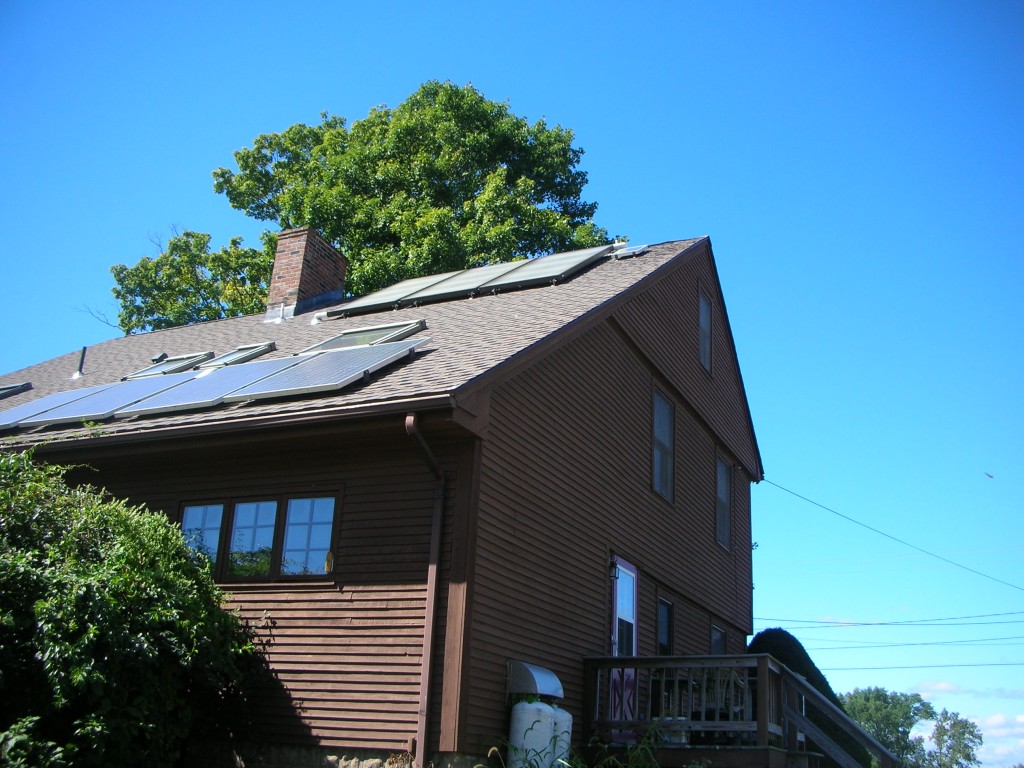A really dumb argument in favor of nuclear power
In a discussion on the merits or nonmerits of nuclear power plants, with particular emphasis on nuclear power plant safety, someone sent me an article by Gregory Clark. Clark argues that because another nuclear plant down the road from Fukushima had a higher seawall and was not damaged by the tsunami, nuclear power should be considered a good alternative.
This one really had me scratching my head; it’s one of the most bizarre arguments for nuclear power I’ve ever seen. Just because one plant managed to avoid a problem that brought several plants at Fukushima to collapse, how is that any kind of justification for the technology?
Here’s what I wrote in response:
I find Dr. Clark’s argument particularly puzzling: that a different nuke didn’t not fail during the earthquake/tsunami that clobbered Fukushima s not even relevant. I don’t know of ANYONE who would argue that every nuclear power plant will have a catastrophic failure. The argument against nukes boils down to two areas:
1. ROUTINE nuclear power plant operation is unhealthy, inefficient, does NOT solve the carbon problem (because the fuel cycle has many carbon-intensive and environmentally destructive components, starting with mining the uranium and continuing through milling, processing, transportation, creating the fuel rods, transporting again, actually running the fuel through the reactor, aging of the waste, transportation of the waste, etc.), causes thermal pollution, and releases radiation into the environment.
2. The potential for CATASTROPHIC FALURE is constant, and the industry’s safety record is abysmal. Although there are a relatively small number of nuclear plants operating in the world, at least a dozen have had major failures (including, ironically, the Fukushima plant the summer before the tsunami–as well as others you never heard of, like Windscale, Enrico Fermi, and Browns Ferry), and hundreds have had serious safety issues).
Here’s a very brief and far-from-complete list of the problems: Huge creation of carbon, huge safety risk, chance of wiping out a large area, need to store the waste completely isolated from the environment for a QUARTER OF A MILLION YEARS–which we have no clue how to accomplish, btw–risk of sabotage, risk of structural failure (especially on older nukes that have been embrittled by decades of high-intensity radiation, uranium mining that’s just as destructive to the environment as oil drilling etc., centralized power generation with all its problems, risks, and wastage…
I applaud the bureaucrat who built the higher seawall at Onagawa–that was a good decision. But I fail to see how that in any way justifies this corrupt and very dangerous industry that does nothing to solve our environmental problems and could make them quite a bit worse.

